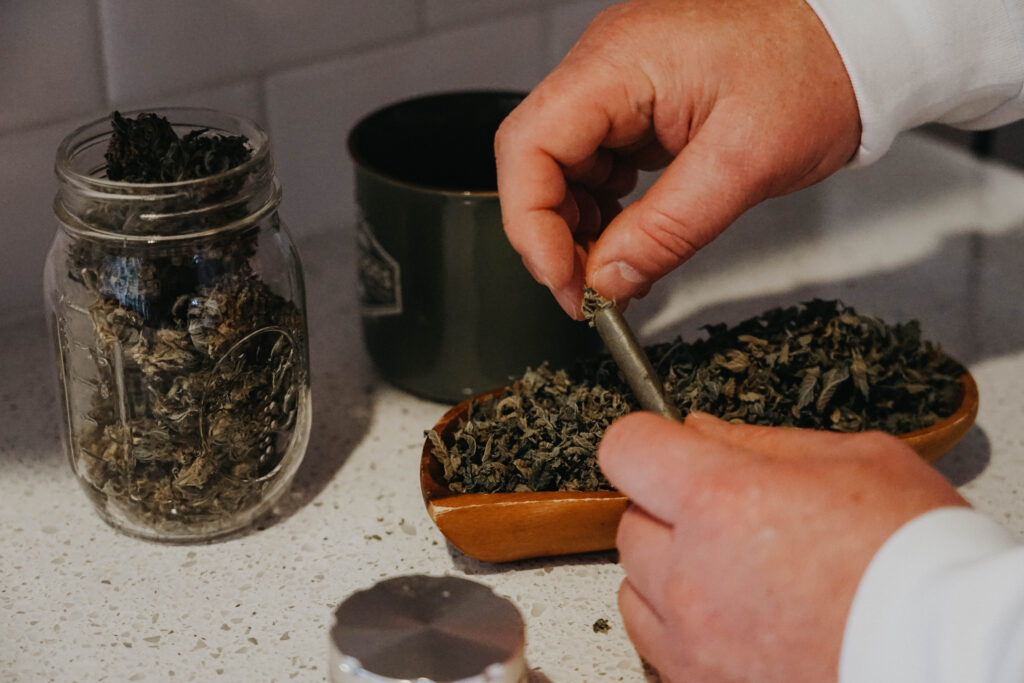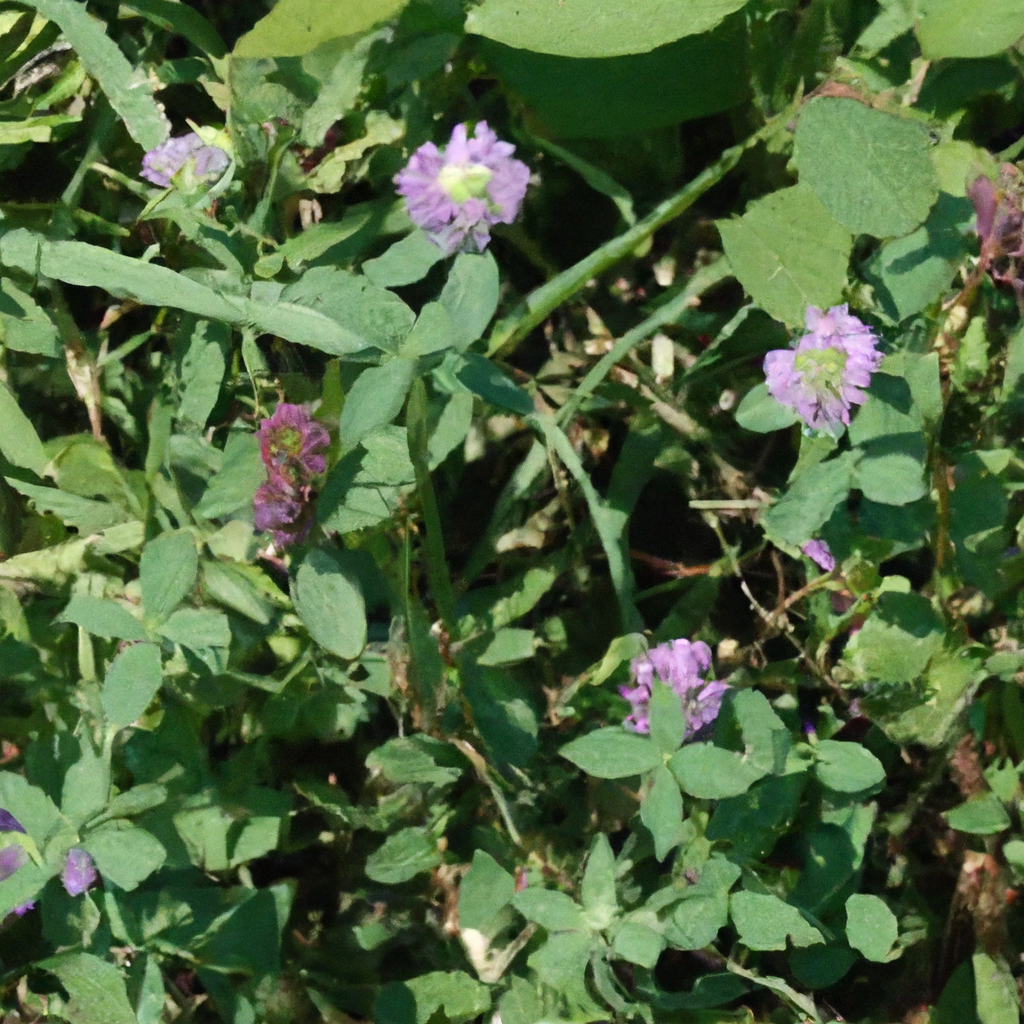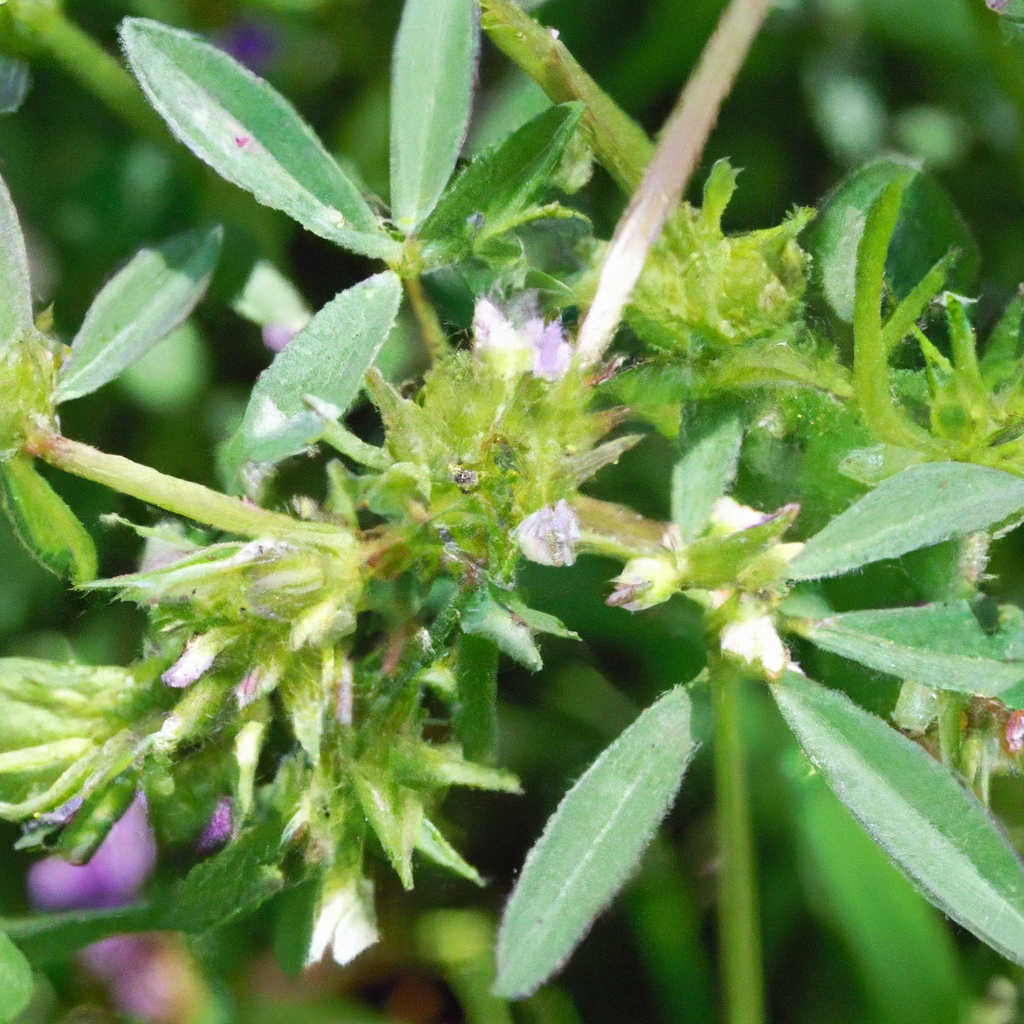In this article, you will discover a comprehensive guide to identifying and controlling the common weeds found in Kentucky. Whether you are a novice gardener or a seasoned horticulturist, understanding how to effectively identify and manage these pesky plants can help you maintain a flourishing garden. From the notorious dandelions to the invasive Japanese honeysuckle, we will explore each weed’s characteristics and provide you with practical tips for regaining control of your outdoor space. So, grab your gardening gloves, and let’s dive into the world of common weeds in Kentucky!
Introduction
Welcome to this comprehensive guide on common weeds found in Kentucky. In this article, we will delve into the definition of weeds, discuss the importance of weed identification, and explore some of the most prevalent weeds in Kentucky. Additionally, we will provide tips on how to identify and effectively control these weeds. Whether you’re an avid gardener or simply want to keep your lawn weed-free, this guide will equip you with the knowledge you need.

Definition of Weeds
First, let’s define what exactly weeds are. Weeds are simply unwanted plants that grow in places where they are not desired. They can invade lawns, gardens, fields, and even cracks in the pavement. Weeds often compete with desirable plants for water, nutrients, and sunlight, thus impacting their growth and overall health. They can also be unsightly and diminish the aesthetic appeal of your landscape. Understanding the definition of weeds is crucial in order to effectively identify and control them.

Importance of Weed Identification
Weed identification plays a crucial role in effective weed control. By accurately identifying weeds, you can implement targeted control methods that specifically address the characteristics and habits of each weed species. This not only increases the likelihood of successful control, but also minimizes the risk of harming desirable plants in the process. Additionally, knowing the common weeds found in your area allows you to be proactive in preventing their establishment and spread. Proper identification is the first step towards achieving a weed-free landscape.

Common Weeds in Kentucky
Kentucky is home to a variety of weeds that are notorious for invading lawns, gardens, and agricultural fields. In this section, we will explore five common weeds found in Kentucky and provide detailed information on their identification and control.
1. Crabgrass (Digitaria spp.)
Identification of Crabgrass
Crabgrass is an annual grass weed that germinates in the spring and spreads rapidly throughout the summer months. It produces wide, flat, and finger-like leaves that radiate from a central point near the base of the plant. The tips of the leaves can have a reddish tint. One key characteristic of crabgrass is its ability to produce long, branching seed heads.
Control Tips for Crabgrass
To control crabgrass effectively, it is important to implement both pre-emergent and post-emergent strategies. Pre-emergent herbicides should be applied before crabgrass germination, usually in early spring. This prevents the weed from establishing itself. If crabgrass has already emerged, post-emergent herbicides can be used. Additionally, proper lawn care practices such as proper mowing height, regular fertilization, and adequate watering can help prevent crabgrass infestations.
2. Dandelion (Taraxacum officinale)
Identification of Dandelion
Dandelions are perennial broadleaf weeds that are easily recognizable by their bright yellow flowers and fluffy seed heads. They have deeply toothed leaves that form a basal rosette close to the ground. These leaves can vary in shape and size. Dandelions have a long taproot that makes them difficult to remove completely.
Control Tips for Dandelion
Controlling dandelions can be challenging due to their deep taproot. In lawns, spot treating with a selective broadleaf herbicide can be effective. Manual removal by digging out the entire taproot is also an option in small garden areas. Regular mowing and maintaining a healthy lawn with proper fertilization and watering can weaken dandelions and prevent their spread.
3. Broadleaf Plantain (Plantago major)
Identification of Broadleaf Plantain
Broadleaf plantain is a perennial weed that often pops up in lawns, gardens, and disturbed areas. It has oval-shaped leaves with parallel veins and distinct ribbing. The leaves grow in a rosette pattern close to the ground. Broadleaf plantain produces tall, slender flower spikes with small, inconspicuous flowers.
Control Tips for Broadleaf Plantain
To control broadleaf plantain, spot treating with a selective broadleaf herbicide is an effective option. Manual removal by digging out the plant, including the taproot, can also be done for small infestations. It is important to maintain a healthy lawn or garden by properly mowing, watering, and fertilizing to discourage the establishment and spread of broadleaf plantain.
4. Creeping Charlie (Glechoma hederacea)
Identification of Creeping Charlie
Creeping Charlie, also known as ground ivy, is a perennial vine-like weed that can quickly overrun lawns and gardens. It has round or kidney-shaped leaves with scalloped edges and a scalloped leaf base. Creeping Charlie produces small, bluish-purple flowers on long stalks. The plant spreads through creeping stems that root at the nodes, allowing it to form dense mats.
Control Tips for Creeping Charlie
Controlling creeping Charlie requires persistence and a combination of methods. Spot treating with a selective broadleaf herbicide is effective in lawns. Hand pulling can also be done, but it is important to remove all plant parts, including the creeping stems, to prevent regrowth. Regular mowing and improving lawn health through proper care practices can help prevent the establishment and spread of creeping Charlie.
5. Chickweed (Stellaria media)
Identification of Chickweed
Chickweed is an annual weed that thrives in cool, moist conditions. It has small, oval-shaped leaves that grow opposite each other along weak, fleshy stems. Chickweed produces tiny white flowers with five petals. It forms dense patches in lawns, gardens, and other disturbed areas.
Control Tips for Chickweed
Controlling chickweed can be achieved through mowing, hand pulling, or applying a selective broadleaf herbicide. Regular mowing at a higher height can prevent chickweed from flowering and producing seeds. Hand pulling is effective for small infestations, but it is important to remove the entire plant, including the roots. Applying a selective herbicide can be done if the infestation is more extensive.

Conclusion
In conclusion, having a good understanding of common weeds in Kentucky is essential in maintaining a healthy and weed-free landscape. By accurately identifying these weeds and implementing appropriate control methods, you can effectively manage and minimize their impact on your lawn, garden, or agricultural field. Remember to always follow label instructions when using herbicides, and consider integrating preventive measures such as proper lawn care practices. With the knowledge provided in this article, you are well-equipped to tackle those pesky weeds and achieve the lush, weed-free landscape you desire.

